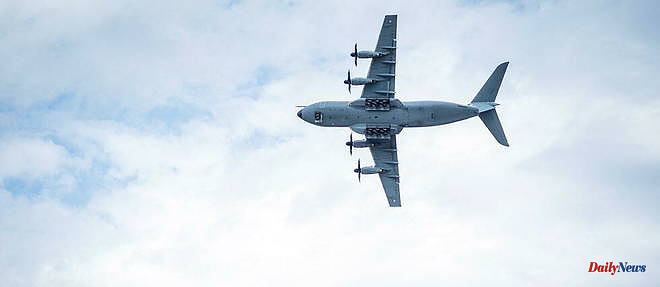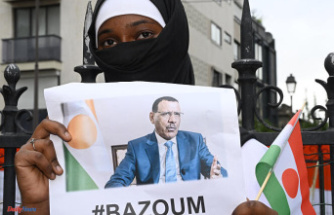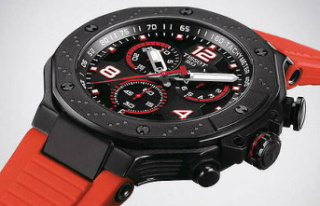To wage high-intensity warfare is to see the equipment put to the test by the fighting. Aircraft are no exception to the rule and the Air and Space Force (AAE) is well aware of this. The maintenance in operational condition (MCO) of its aircraft is a key issue: it is a question of ensuring that the more than 500 aircraft of all types that it employs are maintained and repaired on time, when necessary. Some fleets of aircraft have been the subject of strong criticism for their availability, often considered random: it happened that only 30% of the aircraft of a type were available at a given moment, or even less.
These issues have been significantly improved in recent years, especially from 2017 with a major reform of the MCO in the armies, then a military programming law (LPM 2019-2024) devoting a larger budget to the issue. In the future LPM presented by Minister Sébastien Lecornu this week, the MCO line should increase by more than half to reach 59 billion euros spread over five years.
In 2018, @florence_parly committed to improving the availability rates of all of our aircraft. A commitment kept and results commensurate with our ambitions, 4 years after the birth of the Aeronautical Maintenance Department. pic.twitter.com/OWVlXkbjDw
These reflections justified the birth of the AAE's Orionis exercise, which brought together the main aeronautical manufacturers and the armies to create a common MCO framework in the event of a major engagement. "Until then, we had a 'peacetime' approach to material management, we could choose the operations we carried out according to the availability of our resources," explains General Tardif, deputy chief of activity of the AfWA staff, responsible for MCO.
During an operation carried out in a global context approaching peace, such as Barkhane in Mali, the industrialist decided on the ability of a damaged aircraft to fly or not. If a helicopter was grounded, he determined what repairs would allow it to fly again, and usually with a 100% performance guarantee. "At high intensity, we can't afford to operate like that: if the helicopter is stuck in an area that we don't fully control, the most urgent thing is to get it going again, even if there is a risk that the repair does not last long,” explains General Tardif.
"In this case, the authority changes compared to a context of 'peace': it is the operational command that decides, no longer the standards of the industry," he adds. Unlike the civilian sector, military devices can (and should) be used outside of the employment standards that govern them to deal with hazards. The exercise therefore consisted in creating a common risk management reference system between the engineers of the design offices, who have the technical expertise on the equipment, and the operational staff of the army, who must accomplish their mission in the field. .
From a binary decision based on "does or does not fit the norm", the military-industrial couple worked for two days with "assumed risk taking" according to increasing factors. "The first question we ask ourselves is 'what summary can we do to get back to work as quickly as possible and with what risks?' Then, the more the area is secure and the time and resources available, the more lasting will be the repairs that will be carried out, "explains Colonel Vincent, General Tardif's deputy.
Concretely, the exercise was integrated into phase 3 of the French army's Orion exercise, intended to reconnect with high intensity. “We took incidents played during phase 2 [which simulated the invasion of southern France] on aerial equipment, and submitted them to the design offices under real-world conditions,” explains Colonel Vincent. Battle damage from explosions, gunfire, overrun of maintenance plans, everything was submitted to the engineers, who sent back tables with suggested repairs to be made, the time and means needed, and the associated risks. Repairs weren't actually tested or made, and parts sourcing wasn't simulated to focus efforts on a specific axis. However, the command does not rule out the possibility of adding factors in future editions.
Seven aircraft fleets were tested: Rafale fighters (air and navy), A-400M, Casa and C-130 Hercules transport aircraft, Caracal and Tiger helicopters, and Mamba anti-aircraft systems. General Tardif is pleased with the motivated participation of the civilian teams and the relevance of their responses, adapted to what the army expected. Manufacturers also see a gain in creating such a framework of cooperation in order to be able to offer this skill for export, for other armies. If high intensity primarily concerns the military and production industries, private companies must also adapt their way of exchanging with the armies on MRO and maintenance, as close as possible to the constraints of the field. The army and the national navy, which saw some of their machines tested during Orionis, would also have shown interest in adapting such an exercise to their fleets of vehicles.












